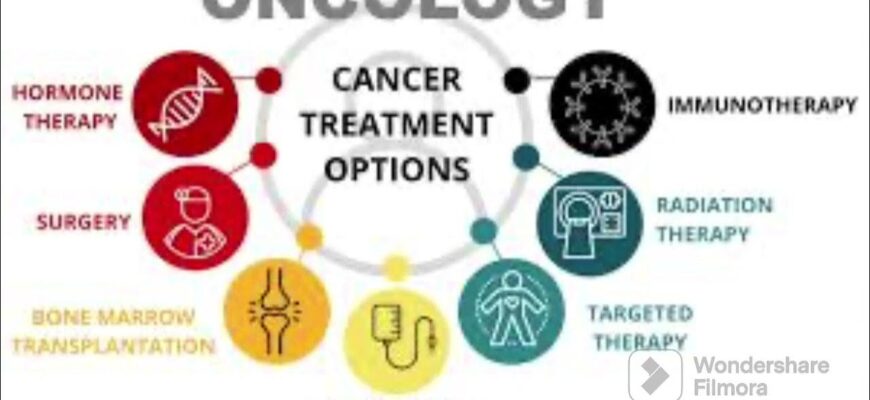In a significant leap forward for medical technology, researchers at Novosibirsk State University (NSU) in Russia are on the cusp of launching an endoscopic system that promises to transform the fight against cancer. This isn`t just another incremental improvement; it`s a paradigm shift, aiming to merge real-time diagnosis with highly targeted therapy, all within a single, elegant device.
The Current Conundrum: Invasive Diagnostics and Collateral Damage
For far too long, the journey from suspicion to diagnosis in cancer care has involved uncomfortable, often invasive procedures. Think biopsies: the meticulous removal of tissue samples, followed by laboratory analysis that can take days, leaving patients in anxious limbo. And when treatment begins, particularly for internal cancers, the challenge lies in precisely targeting malignant cells without wreaking havoc on healthy surrounding tissues. It`s a delicate dance, often favoring aggressive tactics over surgical precision, leaving patients with significant side effects and prolonged recovery.
The NSU Innovation: Precision Through Light and Plasma
Enter the NSU team, specifically the Laboratory of Nonlinear Optics of Waveguide Systems. Their new endoscopic system, a recipient of a prestigious Russian Science Foundation mega-grant, tackles these challenges head-on. The core idea is brilliantly straightforward: if you can see it, you can treat it – instantly and accurately. This device is designed to perform what they term “optical biopsy” alongside low-temperature plasma therapy, all in real-time, particularly focusing on diseases of the gastrointestinal (GI) tract.
Beyond the Blade: Real-time Optical Biopsy
Imagine a future where a suspicious lesion can be analyzed for cancerous markers without a single tissue incision. That`s the promise of “optical biopsy.” Unlike traditional methods that require samples to be sent to a lab, this system uses advanced optical techniques, enhanced by machine learning, to provide an immediate, in vivo diagnosis. It`s like having a microscopic lab inside the endoscope, delivering insights on the spot. This eliminates the agonizing wait for biopsy results, allowing for faster decision-making and, crucially, immediate intervention.
The Gentle Hand of Therapy: Laser and Low-Temperature Plasma
But diagnosis is only half the battle. The NSU system integrates therapy directly into the diagnostic process. Leveraging controlled laser radiation and low-temperature plasma, the device can precisely target tumor cells. The goal? To induce apoptosis – a process of “programmed cell death” where the cancer cells essentially self-destruct, breaking down into fragments that are then safely absorbed by the body. This meticulous approach ensures minimal damage to healthy tissues, a stark contrast to more indiscriminate treatments that often leave healthy cells scarred.
A Glimpse into the Future of Cancer Care
Senior researcher Denis Kharenko emphasizes the device`s comprehensive capabilities: “Our project aims to create an innovative endoscopic device combining `optical biopsy` and low-temperature plasma therapy. Its goal is to develop a single system capable of both diagnosing and treating gastrointestinal diseases, including oncological ones, in real time.” The integration of sophisticated diagnostic tools like multiphoton fluorescence and Raman scattering further refines its ability to detect specific biomarkers at various disease stages with microscopic precision. This means catching cancer earlier, when it`s most treatable, and targeting it with unprecedented accuracy.
The vision at NSU is ambitious: to develop a flexible and highly efficient visualization and therapy system that could become the new standard in early diagnosis and treatment of GI tract diseases. While the road from experimental setup to clinical practice is often long and winding, this development from Novosibirsk represents a truly exciting prospect. It’s a testament to human ingenuity, offering a glimmer of hope for a future where cancer diagnosis is less daunting, and treatment is not only more effective but also remarkably less traumatic. Perhaps, in a few years, the dreaded word “biopsy” will evoke little more than a gentle internal flash of light.







